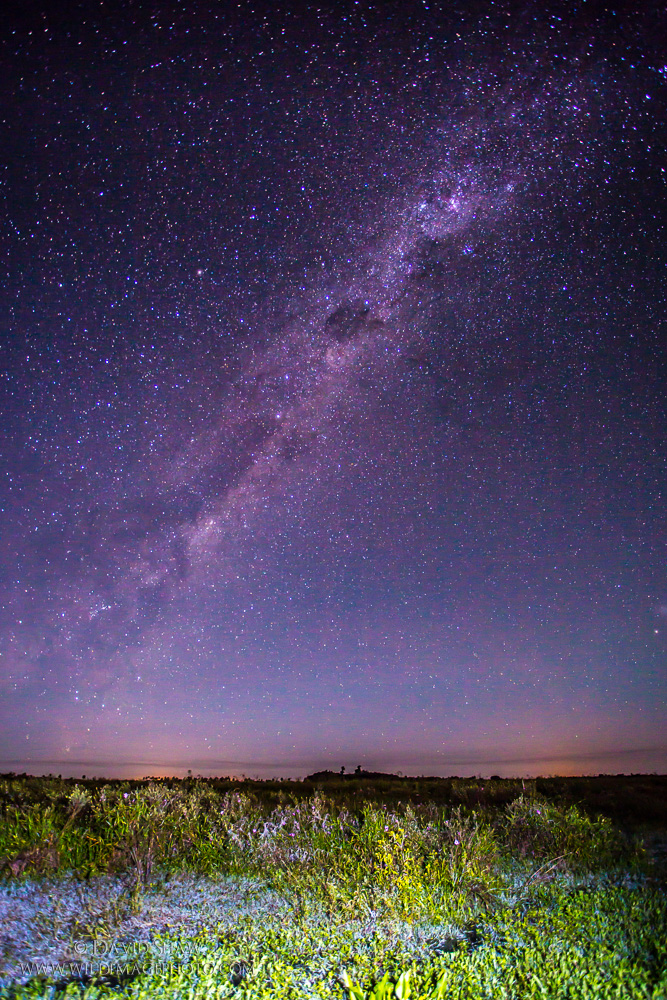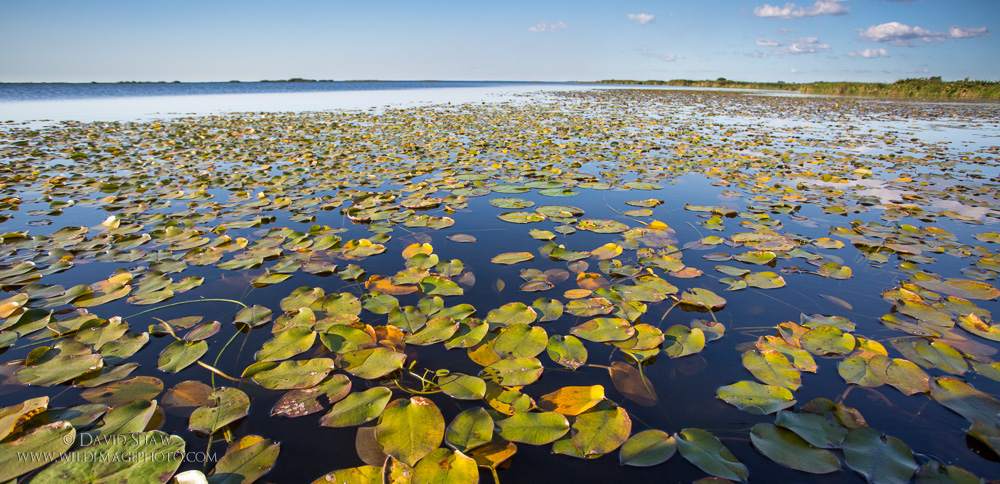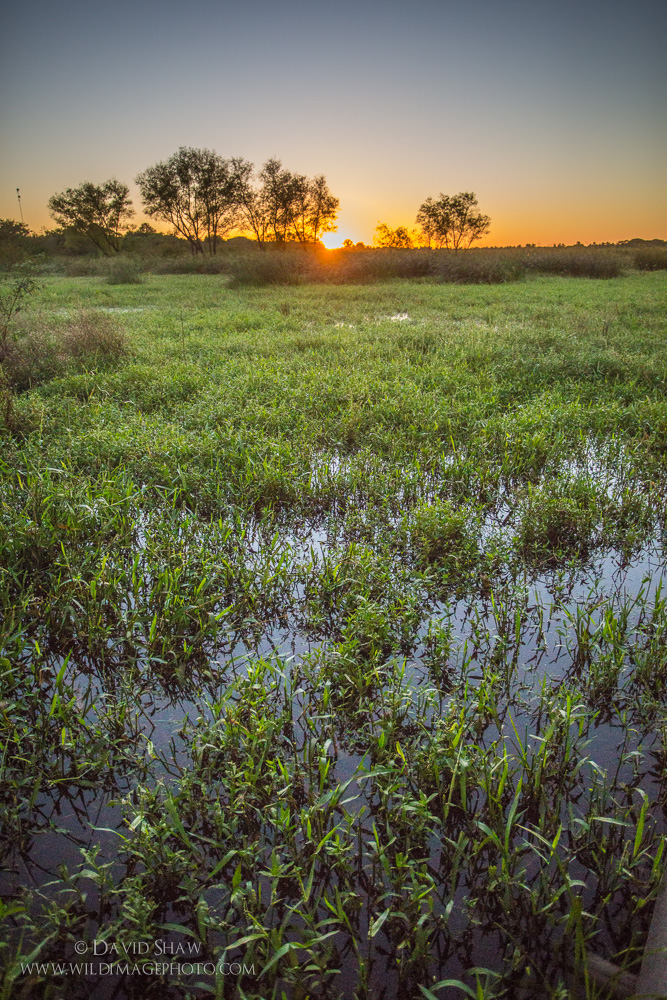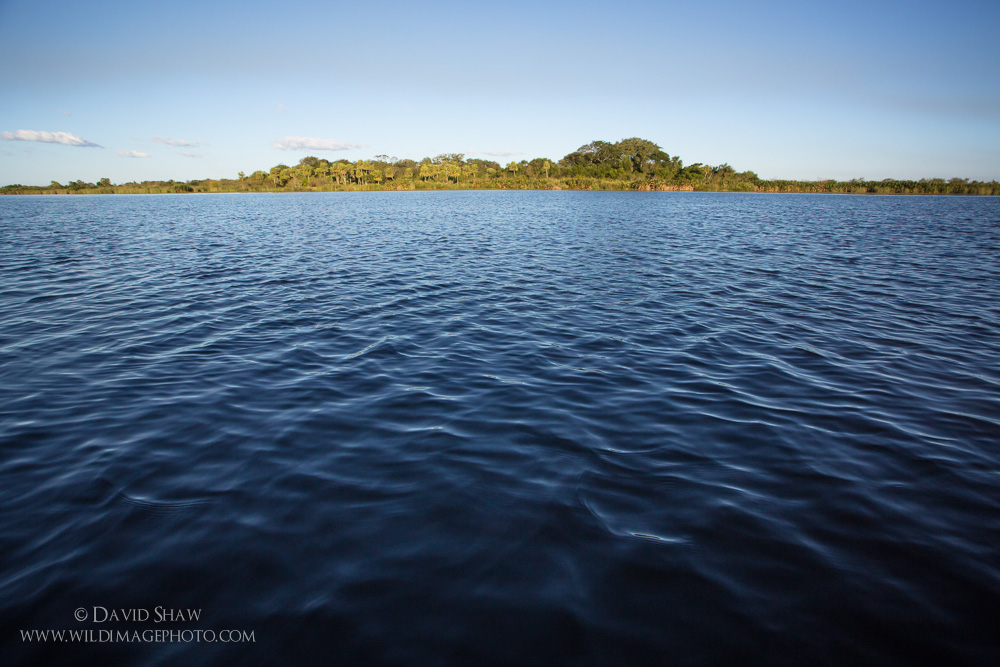The Milky way over the Ibera. Canon 5D iii, Canon 17-40 f4L, tripod, f4.0, 30 seconds, ISO 800. Foreground “light painted” with the beam of a headlamp. The stars in the Ibera rivaled anything I’ve seen before.
The border between Argentina and Paraguay is largely divided by the sprawling Rio Parana. It’s water flows a murky brown, strongly reminiscent of its larger neighbor to the north, the Amazon. The flats surrounding the river extend for miles. The riversides on both sides of the border are dotted with small towns and a few decent-sized cities. Boats carry goods, people and cargo. But escape that bustle and head south and things open up and the people are scarce.
We took a bus from the regional hub of Corrientes three hours south to the town of Mercedes. From the bus windows the buildings and homes of the city became more scattered until they disappeared entirely, replaced by the subtely rolling landscape of pastures, forest islands, and wetlands. Birds congregated in the wet areas: three species of storks, herons and egrets, ibises and waterfowl. Cattle wandered the tall grasses or stood belly-deep grazing the floating vegetation of the ponds.
In Mercedes we threw our packs in a 4×4 pickup and were driven up a little-used road that went from good pavement to rutted and pot-holed dirt over the course of its 90 miles. The countryside was more than a little reminiscent of the high plains of Montana with scattered Estancias dotting the otherwise empty grasslands.
We bumped north until, some two hours later, we arrived at the village of Carlos Pellegrini, a gaucho cum tourist town on the edge of the sprawling Ibera Wetlands. The Ibera is an ancient oxbow lake of the of the Rio Parana. Some thousands of years ago the great river flowed past where the town stands, but now it is a lake surrounded by marshes, fens, and scattered pieces of forest.
The wide dirt streets were immaculately clean, the town immediately inviting in the evening light. Our driver dropped us off at the gate of the Ecoposada del Estero where we were greeted by the smiling owners, Estrella and Jose. Before I’d even arrived, I did not want to leave.
The landscape of the Ibera is subtle and difficult to capture photographically. There are no grand mountains, no waterfalls, no cliffs, rocks or tumbling creeks. It is a land of grasses and water, floating vegetation, and low forest. While we were there, the sun and blue sky were relentless, rarely marred by even a passing cloud. And so my images of the landscape are few, and reflect the things that were present in abundance: Water and Sky.
Lily pads float in the dark water of the lagoon. Canon 5d III, Canon 17-40 f4 L @17mm, f5.6, 1/2000th, ISO 800, handheld from a boat, just above water level.
Sunrise over the Ibera. Canon 5D III, 17-40 f4L @23mm, handheld, f4.0 1/3200th. This was a grab shot while I was photographing birds. In retrospect, I would have adjusted these strange camera settings to increase the depth of field.
Forest patch and lake in the Ibera Wetlands. Canon 5d III, 17-40 f4L @17mm, f7.1, 1/2000th, ISO 800. I was trying to emphasize how dry land feels like a small and unimportant aspect of the landscape. From the lake, the shore line vegetation is just a narrow green strip between blue water and blue sky.
Related posts:
Flowers bloom on the bench above the Sagavanirktok River. Alaska's Nort...
Canon 5D Mark III, Canon 500mm f4L IS, 1.4x TC, ISO 800, f8.0, 1/4000th s...
Scudding clouds roll past a peak over the Jago River in the Arctic Nation...




